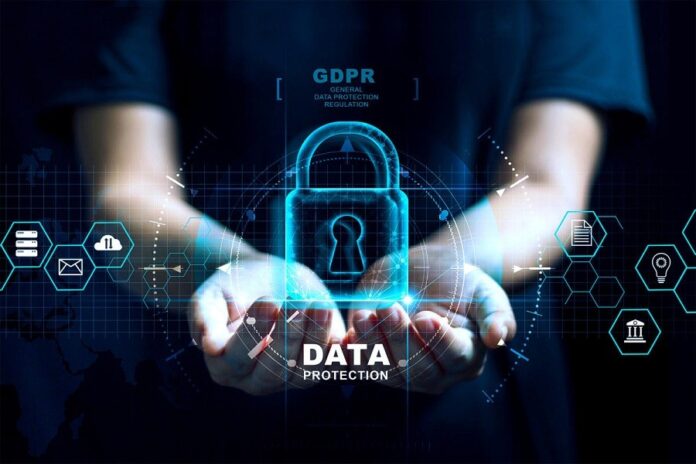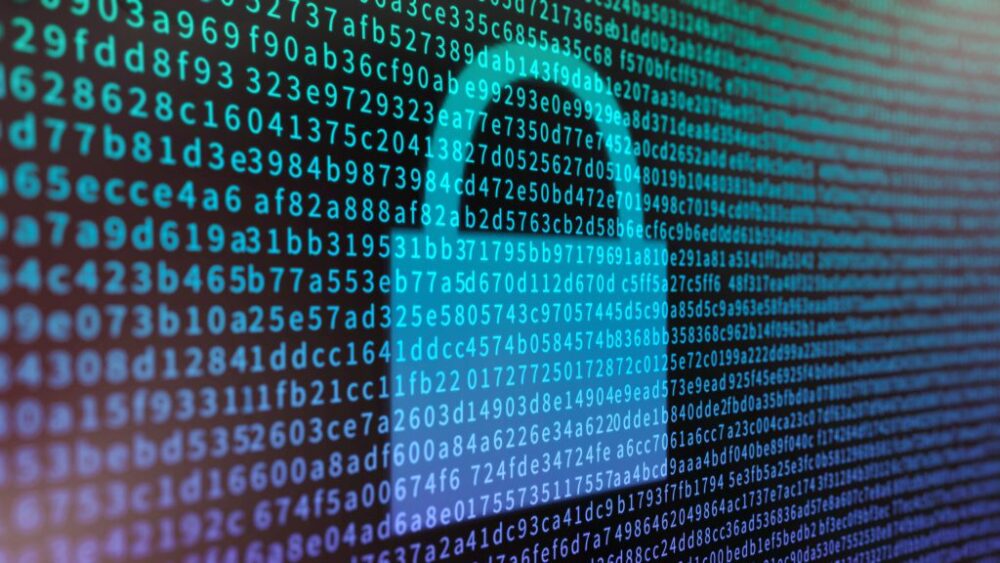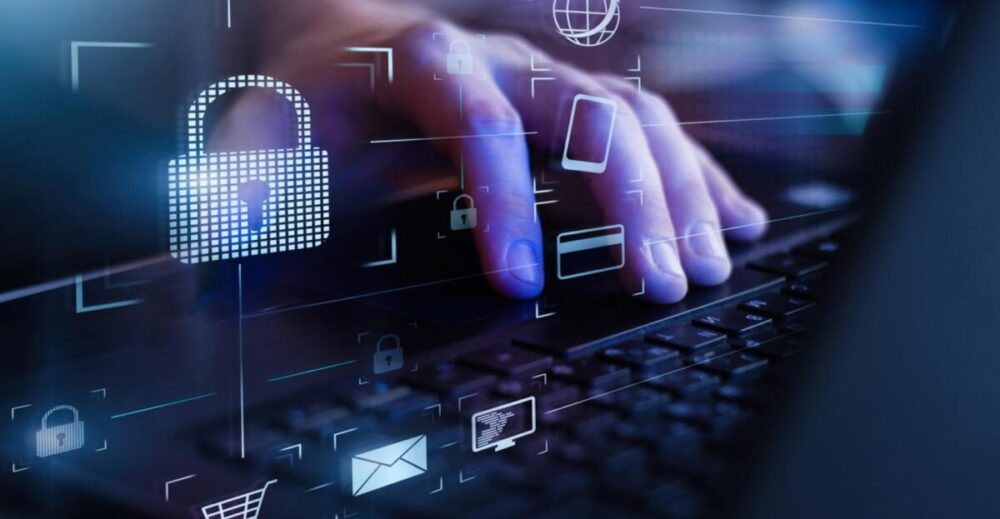
The future of secure data sharing is an exciting and ever-evolving field, with innovative developments appearing every day. As our world becomes increasingly connected, so too do our lives – from banking to healthcare to government services. This means that safeguarding sensitive information has become an even greater priority than before.
Fortunately, there are a number of security technologies available that can be used to protect and share data safely. These include encryption, digital signatures, secure containers and virtual private networks. All of these technologies are designed to keep data confidential and provide a secure environment for transferring information.
Virtual Data Rooms
Data rooms are a newer, more advanced type of secure data sharing mechanism. They provide an online and highly secure environment for exchanging large amounts of data—from financial documents to contracts to confidential records. A virtual data room
uses sophisticated encryption technology to ensure that only authorized users can access the information contained within them. Additionally, they offer features like automated document-viewing controls, audit trails and integrated workflow capabilities. This allows businesses to securely share data with multiple parties, while also ensuring that the information is only accessed by those with the necessary authorization.
Data rooms provide a much higher level of security than most other methods of information sharing, making them an invaluable tool for business today. They enable organizations to securely store and exchange confidential data without having to rely on third-party services or physical paper documents. With the right security measures in place, businesses can be sure that their sensitive data is safe and accessible only to those who need it.
Data rooms are fast becoming a widely used and essential tool for secure data sharing and have revolutionized the way organizations store and manage confidential information. Banks use them to securely store customer financial information. Health care providers use them for securely sharing medical records with other doctors or hospitals. Government agencies also make use of data rooms as a way to securely share confidential documents between departments.
Block Chain

Blockchain is the latest development in secure data sharing and has become increasingly popular due to its ability to provide a high level of security for digital transactions. Blockchain technology is based on distributed ledger technology, which allows users to securely share and record information without relying on a central authority or third-party intermediary.
Blockchain works by creating an immutable, public ledger of digital transactions. Every transaction is stored in a “block” and each block is linked to the previous one, forming an unbroken chain of data. The information in these blocks cannot be tampered with or modified, so users can trust that their data is secure. Additionally, blockchain provides enhanced privacy by allowing users to remain anonymous while still verifying their identity through a cryptographic signature.
By combining a secure environment with unparalleled privacy, blockchain technology is revolutionizing the way organizations and individuals store and share data securely. Businesses are now able to securely exchange confidential information with multiple parties in an efficient, cost-effective manner. With blockchain technology, businesses can be sure that their sensitive data will remain safe from tampering or theft.
Encryption

Encryption is a key component of secure data sharing and is one of the most important security technologies available today. Encryption is a process that scrambles data in order to make it unreadable to anyone without an encryption key. This means that even if someone were to gain access to confidential data, they wouldn’t be able to understand it or use it for any malicious purposes.
Encryption works by using complex algorithms to convert plain text into ciphertext, or an encoded version of the original data. The data is then encrypted with a key, which can only be accessed by someone who knows the encryption code. This means that even if someone was to gain access to confidential information, they would still need to have the correct key to be able to decrypt and read the data.
There are two main types of encryption: symmetric-key and asymmetric-key. Symmetric-key encryption uses one secret key for both encrypting and decrypting data, while asymmetric-key encryption uses two separate keys; one for encryption and one for decryption.
Digital Rights Management (DRM)

Digital Rights Management (DRM) is an important component of secure data sharing. It refers to the techniques used to protect digital data from unauthorized use, copying or distribution. DRM works by encrypting and digitally signing content so that only those who are authorized can access it.
DRM systems typically use a combination of security technologies, including encryption, digital signatures and watermarking. These technologies work together to ensure that only those with the correct access keys can open and view the protected content. Additionally, DRM systems will usually monitor how the content is used in order to detect any unauthorized attempts at accessing or copying it. This means that users can be sure that their content is safe from theft or misuse. This makes it a very popular choice for organizations that need to securely exchange proprietary data or information, such as art creators, writers, content and coding providers, and other entities that need to protect what they have made.
By combining a range of security technologies, DRM provides organizations and individuals with the security they need to share confidential or sensitive data without fear of it being stolen or misused. With Digital Rights Management in place, businesses and individuals can be sure that only those with the correct authorization are able to access their data.
In conclusion, digital information security is an important and evolving area of technology. Data Rooms, Blockchain, encryption and Digital Rights Management are just a few of the technologies that businesses can use to securely share confidential data with multiple parties. With the right combination of these technologies in place, businesses can be sure that their sensitive information is safe from unauthorized access or misuse. As digital security continues to evolve, businesses need to stay up-to-date with the latest technologies in order to ensure their data is safe from any potential threats.








